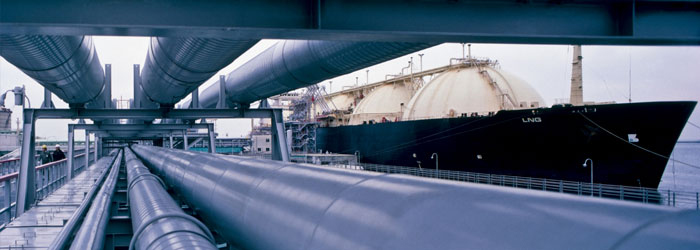LBG and LNG
Liquefied biogas refers to cooled, condensed upgraded biogas. Liquefied natural gas refers to cooled, condensed natural gas.
Liquefied biogas is a renewable alternative for the transition to sustainable transport, as well as an efficient way of transporting biogas to industries that do not have access to a gas grid.
Heavy road transport and shipping are currently heavily reliant on fossil fuels, which is why renewable gas can make a big difference to the climate here and now. The use of liquefied biogas as a fuel contributes to significantly improved air quality. For example, biogas-fuelled vehicles reduce both nitrogen oxides and harmful particles, thus contributing to a reduced impact on health and the environment.
In many areas, there is an increased interest in renewable gas, not least because more and more customers are ordering vessels powered by gas. Achieving this transition requires large volumes, particularly of liquefied biogas, the cleanest marine fuel available at present.
Nordion Energi is running a collaborative project involving the planning of a liquefaction plant at the Port of Gothenburg for the conversion of biogas from the gas grid into liquefied biogas.
This will be a major benefit when the end customers are shipowners, as vessels can bunker liquefied biogas as fuel while they are loading and unloading. The plant may be ready to become operational in 2026, and if so it will be the first of its kind to be directly connected to the western Swedish gas grid.

